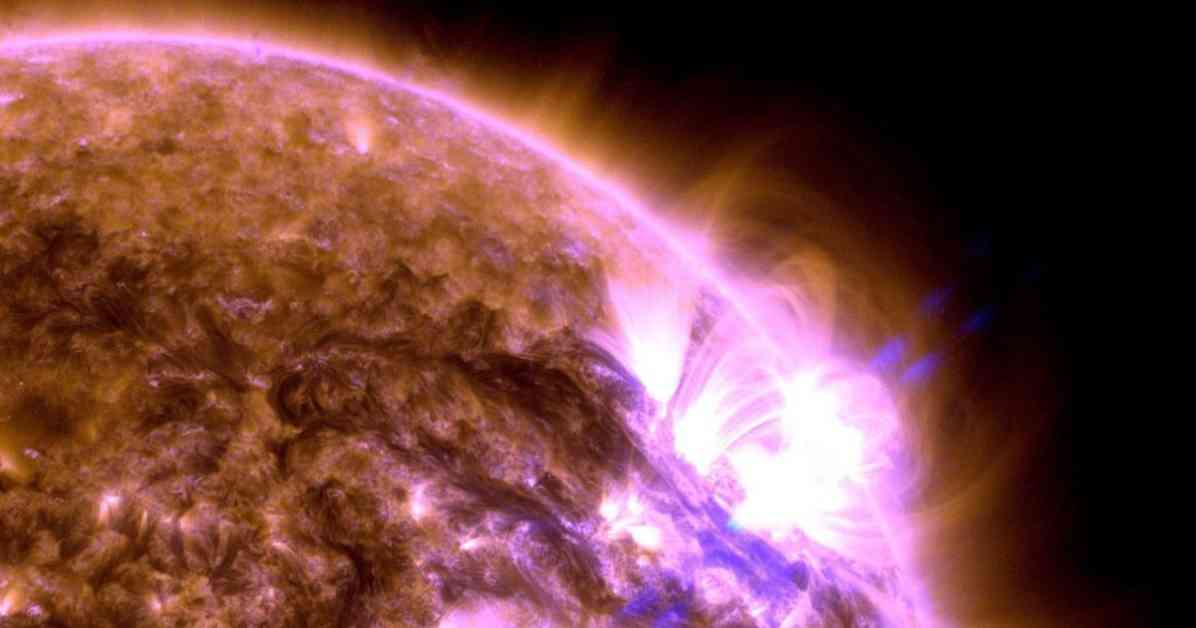The sun has been causing quite a stir lately, with its fiery flares and plasma clouds lighting up the sky. People all over the world have been treated to stunning displays of the aurora, with the northern lights even visible in places like Alabama and Arizona. This is just the beginning of what promises to be an eventful summer as we witness the unpredictable behavior of our closest star.
Throughout 2024, the sun has been active, unleashing solar flares and coronal mass ejections that have kept scientists on their toes. Recently, a massive sunspot group released several powerful solar flares, each one stronger than the last. These flares, known as “X-class,” are the most intense on the space weather scale, reminiscent of the most destructive natural disasters on Earth.
On May 9, five coronal mass ejections were observed erupting from the sun and heading towards Earth. While these clouds of charged particles travel slower than light, they still reached our planet over the weekend, causing stunning auroras to light up the sky. The NOAA’s Space Weather Prediction Center issued a Level 4 geomagnetic storm watch, the first of its kind in nearly two decades. The concern is that these events can disrupt satellites, radio communications, and power grids, highlighting the potential impact of solar activity on our modern society.
Despite the disruptions it can cause, solar activity remains a fascinating subject in astronomy. The sun, at 4.6 billion years old, continues to exhibit behavior that is both ancient and current. Its 11-year activity cycle, marked by fluctuations in sunspot activity, is a reminder of the sun’s ever-changing nature. The mystery of why the sun operates on such a human-like timescale remains unanswered, adding to its enigmatic allure.
As we enter the maximum phase of Solar Cycle 25, where the sun is most active, now is a great time to observe the sunspot clusters and flares. If you missed the total eclipse in April, you can still witness the sun’s activity through tools like the Solar Dynamics Observatory, providing live images of the sun in various wavelengths. These observations offer a glimpse into the sun’s dynamic nature and the impact of solar phenomena on our solar system.
In the grand scheme of the cosmos, the sun serves as a constant reminder of our place in the universe. Its eternal presence and influence on Earth are a source of wonder and curiosity, prompting us to marvel at the mysteries of our celestial neighbor. So, as we witness the sun’s turbulent behavior this summer, let us reflect on the awe-inspiring power and beauty of our closest star.

